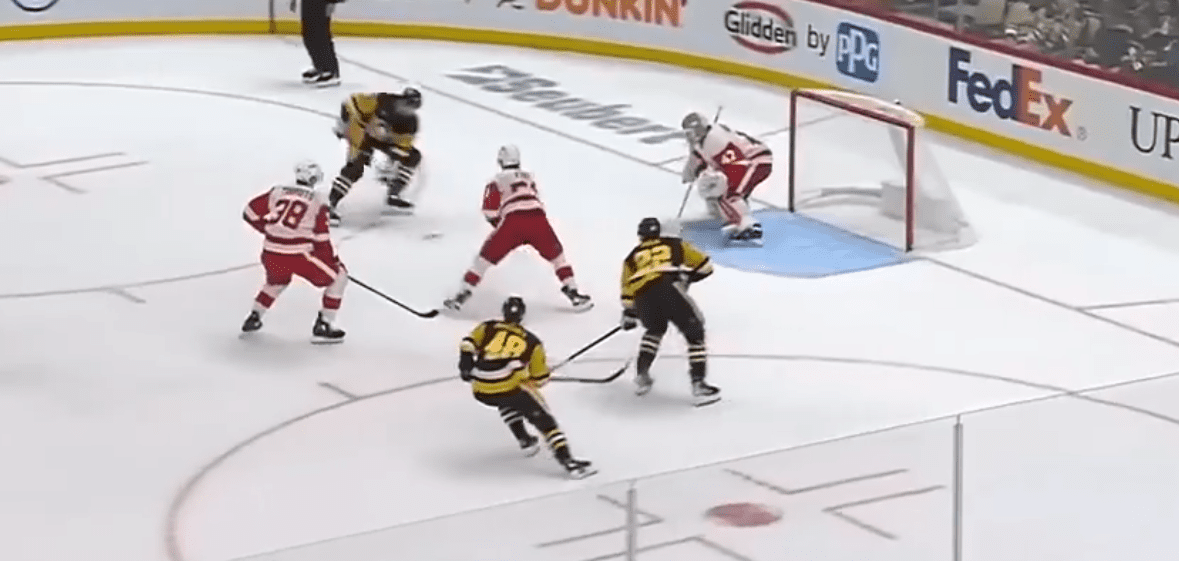Penguins
Molinari: Offseason Moves Allow Penguins to Go Off Deep End

The Pittsburgh Penguins have some roster decisions to make over the next few days.
There won’t necessarily be all that many — most of the lineup that will dress for the regular-season opener Tuesday against Chicago at PPG Paints Arena had been largely determined before training camp opened last month — but the ones facing the front office and coaching staff likely won’t be easy.
Which is pretty much what president of hockey operations/GM Kyle Dubas had in mind when he began to overhaul the organizational depth chart this spring.
Although team officials have been typically noncommittal about precisely how many spots with the major-league club remain open, a few bottom-six forward jobs and perhaps one on the third defense pairing still are up for grabs as the preseason winds down.
Many, if not most, of the guys vying for those spots got a final opportunity to impress management during the Penguins’ 2-1 exhibition loss to Detroit at PPG Paints Arena Wednesday evening.
And the urgency those players appeared to feel was evident for much of the game.
The Red Wings actually dressed the more experienced and accomplished lineup — a rarity for visiting teams during the preseason — but the Penguins seemed to grasp the impact their performance could have on their immediate future.
For some, like Radim Zohorna, Alex Nylander, Rem Pitlick and newcomer Jansen Harkins, the challenge was to convince the decision-makers that they deserve to start the season in the NHL; for others, like Austin Wagner and Colin White, it was to prove they are worthy of having their professional tryout agreement morph into a contract.
Which players managed to attain their particular objective probably won’t be known for a few more days, when the Penguins settle on the makeup of what is expected to be a 21- or 22-man roster to enter the regular season, but this much is certain: The Pittsburgh Penguins’ depth has been dramatically upgraded during the past few months.
That will be evident in the makeup of their top farm team, Wilkes-Barre/Scranton. Which is something people in the northeast corner of the Commonwealth should appreciate, since that club had about as much chance of winning a Nobel Prize as it did of qualifying for the Calder Cup playoffs last season.
More importantly, it means the Penguins should have a reliable source of NHL-caliber talent when they need to replace a player because he is injured or slumping.
There’s no way of knowing which players currently in camp will start 2023-24 in the American Hockey League, in part because so many of the position battles have been extremely competitive, and because it’s entirely possible that some players the Penguins assign to Wilkes-Barre never make it to the far side of the state because they get claimed on waivers.
Teams do extensive scouting during the preseason, and those who have salary-cap space and a hole in their lineup won’t balk at grabbing an eligible player who’s being demoted by his team. Hey, the Penguins did just that earlier this week, when they snagged Harkins after he was waived by Winnipeg.
It’s also possible that Dubas will throw a wrinkle into the process by trying to trade some players before assigning them to Wilkes-Barre/Scranton to avoid losing them for anything more than a waiver fee.
If another club has a strong interest in a particular player, it might be willing to part with a mid- or late-round draft choice to guarantee that it secures him rather than take its chances of being the team that gets his rights via waivers.
It’s seems safe to assume, though, that most of the players the Penguins ultimately assign to the AHL will make it there without incident, as was the case with Ty Smith and Pitlick last week.
And that they’ll be capable of contributing when circumstances prompt the Pittsburgh Penguins to bring them back.












